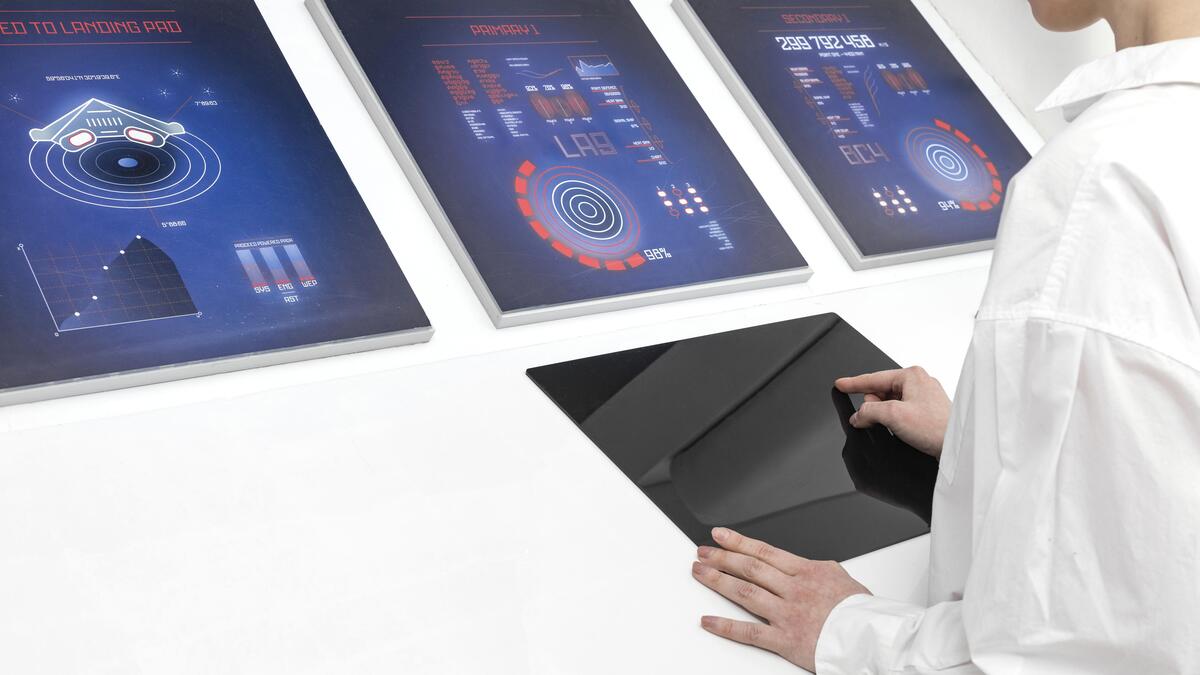The construction industry is on the brink of a technological revolution with the advent of smart construction practices. By integrating cutting-edge technologies such as Building Information Modeling (BIM), Internet of Things (IoT), Artificial Intelligence (AI), and robotics, projects can achieve remarkable advancements in efficiency, safety, and sustainability.
According to a report by McKinsey, adoption of digital technologies in construction could lead to productivity gains of up to 14% and a reduction in project costs by 4%. However, the path to realizing these benefits is fraught with Challenges and Solutions in Smart Construction—from technological integration hurdles to regulatory complexities and the imperative to upskill the workforce.
This article explores the transformative potential of smart construction, examines key challenges hindering its widespread adoption, and discusses innovative solutions paving the way towards a smarter and more resilient construction industry.
Table of Contents
Overview of Smart Construction
Smart construction integrates advanced technologies and digital tools to enhance efficiency, safety, and sustainability throughout the construction lifecycle. At its core, smart construction leverages data-driven insights and automation to optimize project planning, execution, and management.
Key technologies driving smart construction include Building Information Modeling (BIM), which creates virtual representations of buildings and infrastructure. BIM allows stakeholders to visualize projects in detail before construction begins, enabling better coordination and reducing errors during the building phase.
Internet of Things (IoT) devices are another critical component, embedding sensors into construction equipment, materials, and even worker gear to collect real-time data on conditions like temperature, humidity, and structural integrity. This data helps monitor progress, predict maintenance needs, and improve safety protocols.
Artificial Intelligence (AI) and machine learning algorithms analyze vast amounts of data generated by IoT sensors and BIM models, providing insights that enhance decision-making processes. AI can optimize schedules, identify potential risks, and recommend design improvements, thereby streamlining operations and reducing costs.
Furthermore, automation technologies such as robotics and drones are transforming construction tasks traditionally performed by humans. Robots can handle repetitive tasks like bricklaying or welding with precision and consistency, while drones offer aerial surveys and site inspections more efficiently and safely than traditional methods.
Overall, smart construction represents a paradigm shift towards more efficient, sustainable, and resilient building practices. By harnessing the power of digital technologies, construction projects can be completed faster, with fewer resources, and with improved safety and quality outcomes.
Suggested article to read: Construction Robots in 2025

Challenges in Smart Construction
Smart construction, while promising significant advancements, faces several challenges that hinder its widespread adoption and implementation:
- Technological Integration: Integrating diverse technologies such as BIM, IoT, AI, and robotics into existing construction processes can be complex. Compatibility issues, interoperability between different systems, and the need for specialized skills to operate and maintain these technologies are significant hurdles.
- Cost Considerations: The initial investment required for implementing smart construction technologies can be substantial. Many firms, especially smaller ones, may find it challenging to justify these costs without clear evidence of long-term cost savings or productivity gains.
- Data Management: Handling large volumes of data generated by IoT sensors and BIM models presents challenges in terms of storage, processing, and ensuring data security and privacy. Effective data management strategies are crucial to extract meaningful insights and support decision-making.
- Regulatory and Standards Compliance: The construction industry is subject to various regulations and standards that may not always align with the rapid pace of technological innovation in smart construction. Adhering to these regulations while adopting new technologies can be a delicate balance.
- Skills Gap: There is a shortage of skilled professionals proficient in smart construction technologies. Training existing staff and attracting new talent with expertise in BIM modeling, data analytics, AI, and robotics is essential for successful implementation.
- Resistance to Change: The construction industry is known for its conservative approach to adopting new technologies. Resistance to change among stakeholders, including contractors, subcontractors, and laborers, can slow down the adoption of smart construction practices.
- Cybersecurity Risks: With increased connectivity and reliance on digital systems, smart construction projects face cybersecurity threats. Protecting sensitive project data, IoT devices, and communication networks from cyberattacks is critical but challenging.
Addressing these challenges requires collaboration among industry stakeholders, investment in research and development, and clear regulatory frameworks that encourage innovation while ensuring safety and compliance. Overcoming these obstacles is crucial to realizing the full potential of smart construction in improving project efficiency, sustainability, and overall industry performance.
Suggested article to read: Smart Building Technology; 2025 Guide

Solutions and Innovations
To address the challenges facing smart construction, several innovative solutions and strategies are being developed and implemented:
- Interoperable Technologies: Efforts are underway to standardize communication protocols and improve interoperability between different smart construction technologies. This includes developing open-source platforms and frameworks that allow seamless integration of BIM, IoT devices, AI algorithms, and robotics.
- Cost-effective Solutions: Innovations are focused on reducing the initial investment required for smart construction technologies. This includes the development of affordable IoT sensors, modular robotics solutions that can be rented or leased, and software-as-a-service (SaaS) models for BIM and AI tools.
- Advanced Data Analytics: Leveraging AI and machine learning for advanced data analytics helps construction firms derive actionable insights from the vast amounts of data collected by IoT sensors and BIM models. Predictive analytics can optimize project schedules, resource allocation, and maintenance planning.
- Training and Education: Addressing the skills gap through targeted training programs and educational initiatives is crucial. Universities and training centers are offering courses in BIM modeling, data analytics, and robotics to equip construction professionals with the necessary skills for smart construction projects.
- Regulatory Alignment: Collaboration between industry stakeholders and regulatory bodies is essential to develop standards and regulations that accommodate the use of smart construction technologies while ensuring safety, privacy, and compliance with existing laws.
- Change Management: Implementing effective change management strategies is vital to overcoming resistance to new technologies. Engaging stakeholders early in the process, demonstrating the benefits of smart construction through pilot projects, and providing ongoing support and training can facilitate smoother adoption.
- Cybersecurity in Construction: Robust cybersecurity measures, including encryption protocols, secure network architectures, and regular security audits, are being implemented to protect smart construction projects from cyber threats.
- Sustainability Initiatives: Smart construction emphasizes sustainability by optimizing resource use, reducing waste, and incorporating green building practices. Innovations in materials, energy-efficient technologies, and lifecycle assessment tools support these sustainability goals.
By implementing these solutions and innovations, the construction industry can overcome the challenges associated with smart construction and realize the benefits of improved efficiency, cost-effectiveness, sustainability, and safety in building projects. Continued collaboration, innovation, and adaptation to technological advancements will be key to advancing smart construction practices globally.
Conclusion to Challenges and Solutions in Smart Construction
Smart construction represents a transformative approach poised to revolutionize the building industry. By harnessing technologies like BIM, IoT, AI, robotics, and advanced analytics, construction processes can achieve unprecedented levels of efficiency, safety, and sustainability.
However, challenges such as technological integration, cost barriers, data management complexities, and regulatory hurdles must be addressed for widespread adoption. Innovative solutions are emerging, including interoperable platforms, cost-effective technologies, and robust cybersecurity measures.
Moreover, investing in education and training is critical to bridging the skills gap and fostering a workforce equipped for smart construction practices. With concerted efforts in collaboration, innovation, and regulatory alignment, the construction sector can leverage smart construction to build smarter, greener, and more resilient infrastructure for the future.
Suggested article for reading:
9 Benefits of Implementing Mobile Construction Technology
Digital Twin Technology in Construction & Building: 2025 Guide to Innovative Technology
Resources:
Smart Construction.com | ScienceDirect.com
For all the pictures: Freepik





